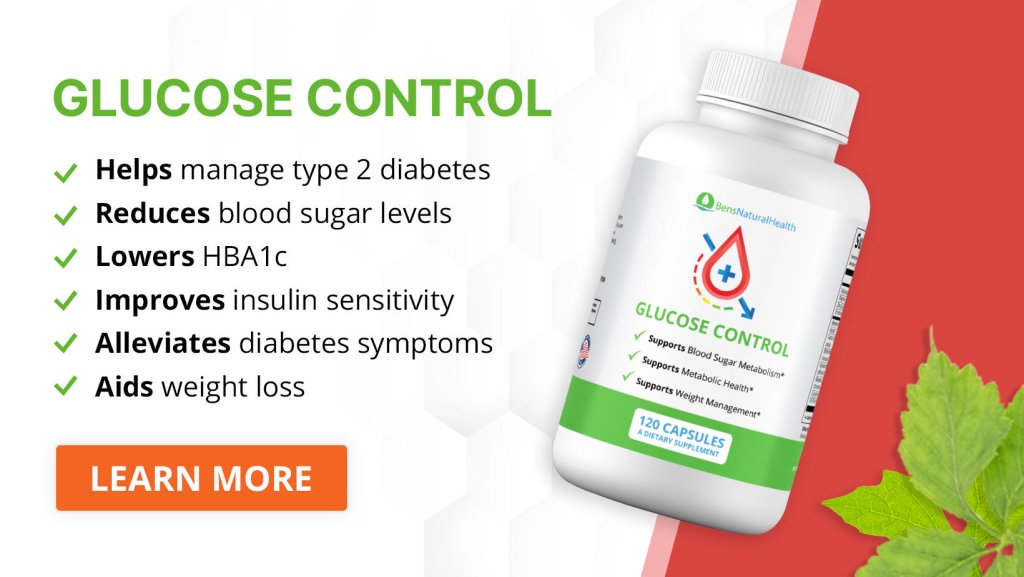Ozempic butt refers to wrinkled and saggy-looking buttocks due to rapid weight loss caused by the drug.
When speedy weight loss occurs, the skin around the area loses elasticity and fails to bounce back into shape.
Keep reading to learn more about Ozempic butt and how to treat saggy skin post-weight loss.
What causes Ozempic butt?
Sagging skin in the buttocks can occur after significant weight loss, including cases where Ozempic is used for weight management.
The skin is like a piece of elastic band which stretches over the fatty layer. Rapid weight loss can lead to changes in skin elasticity, and it’s important to manage this effectively.
Hence, they appear saggy around the place of recent weight loss, especially if it is rapid weight loss.
Who is most likely to experience Ozempic butt?
Here is a list of factors that increase your likelihood of experiencing Ozempic butt:
Increasing age
The older we are, the less elastic our skin becomes. Studies also show that inflammaging (inflammation that is associated with aging) can cause the skin to age quicker with age.
Inflammaging is also associated with certain diseases like type 2 diabetes, Alzheimer’s disease, and cardiovascular disease.
Underlying genetics
Certain people are born with mutations in the elastin genes that increase the risk of saggy skin or skin aging.
Exposure to sun (photoaging)
UV rays are infamous for damaging our skin. People who are exposed to a lot of sun, especially around the buttocks region, may be more susceptible to Ozempic bottom.
This is because the skin around that is damaged, making it less elastic.
Being overweight or obese
Being overweight or obese means that your skin has been stretched over a long period of time. Hence, your skin will take a longer time to snap back after rapid weight loss.
Certain autoimmune diseases
Certain autoimmune diseases, like cutis laxa and Marfan syndrome, can impact skin elasticity and may contribute to sagging skin.
Being stressed out
High-stress levels may accelerate skin aging, leading to saggy and wrinkly skin.
Cigarette smoking
Cigarette smoke is infamous for containing a myriad of toxic substances. It also accelerates skin aging due to the effects of nicotine.

How to treat Ozempic butt and saggy skin after weight loss
The most important thing to remember when dealing with saggy skin after weight loss is to be patient.
Giving your body and skin time to adjust to the weight changes is important.
Besides being patient, here are several ways to treat ozempic butt and saggy skin after weight loss:
1) Exercise
Practicing certain resistance-based exercises can help to increase muscle mass.
Lean muscle can develop and fill out the space where weight loss has occurred, hence reducing the looseness of the surrounding skin.
Exercises that target the buttocks include:
- Jumping squats
- Lunges
- Glute bridges
- Banded side steps
- Donkey kicks
- Hip thrusts
- Leg lifts
These exercises can give you some serious “glute gains.” By increasing the muscle mass in your buttocks, you can reduce Ozempic butt.
More importantly, you get a good workout, which is good for your heart and bone health too.
Exercise can also reduce stress, which is good for promoting skin health.
If you have any physical limitations, such as an underlying heart disease or injuries, you should consult a professional, such as a physical therapist, to help you optimize your exercise regime.
2) Eat well
A well-rounded diet can not only improve your skin health but overall health too. Your meal should consist of plenty of:
- Proteins: to promote muscle growth and repair
- Vitamins and minerals: a diet that is high in antioxidants such as vitamins A, C, D, and E, coenzyme Q10, selenium, and zinc can promote skin health and increase skin elasticity.
Eating food that is high in collagen, such as chicken, citrus fruits, legumes, and leafy vegetables, can also help to reduce Ozempic butt and treat saggy skin after weight loss.
If you have diabetes, you should also be mindful of your sugar and carbohydrate intake. If you have any concerns about what food you should or should not take, you should consult a dietitian or a nutritionist.
3) Radiofrequency procedures
Radiofrequency skin tightening, also known as energy-based skin tightening, works by stimulating your skin to produce collagen.
There are two types of radiofrequency skin tightening procedures:
| Type | How It Works | When You Might See Results |
| Non-invasive | Your dermatologist will place a device against your skin. The heat from this device will heat the tissue beneath and stimulate collagen production. | You can see results in approximately 6 months. |
| Minimally invasive | Your dermatologist will first ensure adequate sedation and pain control. Then, they will insert a needle or a thin tube into your skin to heat up the tissue beneath. This method also allows your dermatologist to target exactly where to tighten loose skin. | You can see results in approximately 1 month, making it more effective than non-invasive radiofrequency procedures. |
You can also discuss other alternatives, such as ultrasound and laser skin tightening, with your dermatologist. These procedures can also help to reverse loose skin after weight loss.
4) Topical products
There is a wide range of skin products and topical agents marketing their ability to reverse loose skin.
However, according to the American Academy of Dermatology, lotions and skin products generally don’t work well to reverse saggy skin.
Some people, however, may find creams that contain a retinoid, such as retinol, helpful. Retinoids can help to boost your body’s production of collagen, which helps to firm the skin.
Additionally, using adequate sun protection, such as sunscreen lotions, can help to protect your skin from UV radiation.
Besides sunscreen lotions, clothing and finding shade can also protect your skin from the effects of photoaging.
Patch tests before use
When using any topical products for the first time, you should always do a “patch test” to make sure you are not allergic to them.
Simply apply a small amount of the product on the insides of your arm or your elbow. Then, leave it there or cover it with a bandage for about 5 minutes.
Repeat the patch test twice a day for 7 to 10 days.
If you develop an allergic reaction, such as an itch or a rash, you should wash the product away immediately and stop using it.
If your allergic reaction is severe, you should seek medical help immediately.
5) Surgical procedures
Surgical treatments such as dermal fillers and butt lifts are examples of ways to remove loose skin.
However, going under the knife carries its own risks, such as:
- Bleeding
- Infection
- Anesthetic complications
You should discuss all other treatment options as well as the risks and benefits of getting a buttock lift with your dermatologist and surgeon before agreeing to a surgical procedure.
Usually, surgical procedures are recommended for people who have lost a dramatic amount of weight, such as those who had bariatric surgery.
These people may have lost more than 100 pounds. Hence, their doctors may recommend surgical procedures to remove loose skin and restore the volume in their buttocks.
Sign Up For Our Newsletter!
- Receive 10% off our best-selling supplements
- Get Your FREE Diabetes Diet Plan
- Be the first to hear about sales and promotions
- Stay up to date on our latest health news
Tips to prevent Ozempic butt
1) Eat a more nutrient-dense diet
Given how Ozempic reduces your appetite, you should eat a more nutrient-dense diet to maintain a gradual rate of weight loss instead of a rapid drop in weight.
By giving your skin time to adapt to your weight changes, you will likely prevent Ozempic butt.
You should consult a nutritionist if you need an individualized diet plan to prevent Ozempic buttocks.
2) Do more resistance exercises and strength training
Doing more resistance and strength training exercises, especially exercises that target the buttocks, can help to fill the volume of your buttocks with muscles.
If you need more advice on what kind of exercises are best suited for you, you should consult a physical therapist.
3) Quit smoking
Studies have shown that smoking is linked to unhealthy skin among a long list of health issues.
You should consult your doctor if you have the intention to stop smoking. They may recommend programs such as the Freedom From Smoking clinics to help you stop smoking.
Being able to stop smoking is not only good for treating your diabetes, but it may reduce your need for higher doses of Ozempic, hence preventing Ozempic butt.
Stopping smoking might also boost your skin’s health to prevent Ozempic butt.
4) Discuss the dosage of Ozempic with your doctor
Usually, Ozempic doses are incremental, which means they will start low and slowly increase based on your body’s response.
If you find that the weight loss is too dramatic and distressing from the increased Ozempic dose, you should discuss it with your doctor.
They may taper your Ozempic dose more gradually to reduce the rate of weight loss
However, you must never adjust your medication dose without consulting your doctor, as it may lead to complications associated with diabetes.
Conclusion
Ozempic butt refers to saggy skin around the buttocks from Ozempic use. It is similar to Ozempic face, which refers to wrinkled and saggy-looking faces from the drug.
Though it can be distressing, there are several ways to treat Ozempic butt, including radiofrequency skin tightening procedures, ultrasound skin tightening, laser skin tightening, and surgical procedures.
Other ways to prevent Ozempic butt include stopping smoking, eating a nutrient-dense diet, and doing exercises that target the buttocks.
If you find that the side effects of Ozempic, such as weight loss and Ozempic bum, are too concerning, you should consult your doctor and healthcare team.
You can discuss alternative medications or decrease your Ozempic dose with your doctor to reduce Ozempic buttocks.
You should never discontinue your anti-diabetes medication on your own without consulting your doctor.
You can also consult a nutritionist for dietary advice and a physical therapist for exercises to help you prevent Ozempic butt.
Explore More








